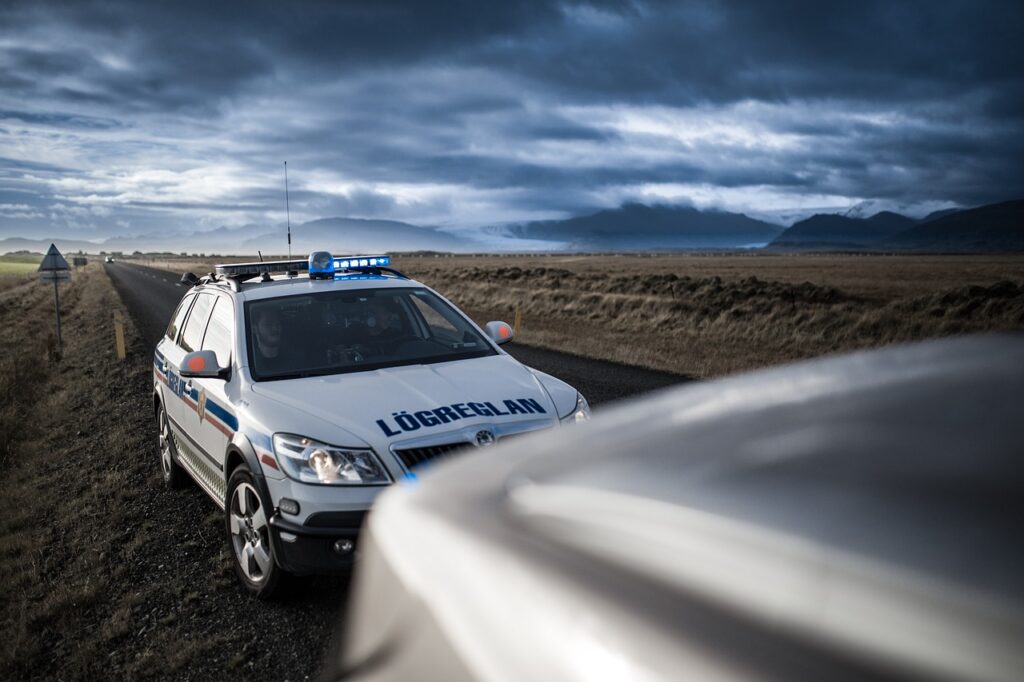Incidents of police brutality have garnered widespread attention and ignited intense debates within and outside the law enforcement community. The tragic deaths of unarmed individuals at the hands of police officers have exposed the urgent need for reform and highlighted the critical role that education plays in shaping the actions and attitudes of those who uphold the law. I’m Heath Rexroat, and today, we will discuss the power of educating law enforcement on police brutality, exploring how it can transform awareness into meaningful action. With a focus on the professional audience, I’ll provide valuable insights to those working in law enforcement and anyone interested in understanding and addressing the issue from an informed perspective.

Overview of Police Brutality – Definition, Examples, Prevalence
Police brutality is highly debated, with people worldwide calling for accountability and justice. Defined as the excessive use of force by police officers, this issue has been a longstanding problem in many countries. There are countless examples of police brutality, ranging from chokeholds and tasers to unjustified shootings, which have led to protests and calls for change in policing practices. Sadly, prevalence rates of police brutality are difficult to determine due to under-reporting and lack of transparency. Still, this issue affects individuals of all races, genders, and backgrounds. It is important to bring more awareness to this problem to work towards a more just and equal society.
Recent Examples of Police Brutality
One of the most prominent cases of police brutality recently is the death of George Floyd in Minneapolis, Minnesota. On May 25, 2020, Floyd, an unarmed black man, was killed when a white police officer, Derek Chauvin, knelt on his neck for over nine minutes during an arrest, despite Floyd’s repeated pleas that he could not breathe.
Another distressing incident occurred in March 2020 involving Breonna Taylor, a 26-year-old black woman, in Louisville, Kentucky. Taylor was fatally shot in her apartment by Louisville Metro Police Department officers executing a “no-knock” warrant.
A third case took place in August 2020 in Kenosha, Wisconsin, when Jacob Blake, a 29-year-old black man, was shot seven times in the back by a white police officer. Blake survived the shooting but was left paralyzed from the waist down.
These cases are a few among the numerous incidents that have sparked widespread protests and calls for police accountability and systemic reform within law enforcement agencies across the globe.
Need for Education and Training of Law Enforcement on Police Brutality
The need for law enforcement education and training on police brutality cannot be overstated. Police brutality has become a pervasive issue in many communities, and it is often the result of a lack of understanding of the proper use of force and how to de-escalate situations. Law enforcement officers protect the public and must receive the training and education necessary to do so safely and effectively. The importance of this training cannot be understated, as it will go a long way in fostering better relationships between law enforcement and the communities they serve. With proper education and training, we can hope to reduce incidents of police brutality and help ensure that our communities are safe and just for everyone.
The Power of Education and Training on Police Brutality
Police brutality has been an issue in many countries globally. Efforts to address this issue must go beyond political maneuvering and deeper into education and training for police officers. Education is crucial in enhancing personal values, character, and decision-making skills. It helps officers develop a sense of empathy and awareness of the diverse communities they serve. In addition, ongoing training is fundamental to maintaining professional conduct and ethical behavior. Police must learn to deal with high-pressure situations and engage in de-escalation tactics. Education and training can create a shift towards a more community-oriented, empathetic style of policing, which can reduce incidents of police brutality. In short, education and training are the pillars of change that can protect citizens from the harm caused by police brutality.
Awareness-Raising Strategies to Educate Law Enforcement
To create a safer and more just society for all, it is imperative that law enforcement personnel are educated and aware of the issues facing the communities they serve. To achieve this, awareness-raising strategies must be implemented to ensure officers understand how to handle diverse populations with sensitivity and empathy. One effective approach has been offering training and education programs that help officers understand the history and context of various communities and the individual needs of community members. Another strategy has been to promote community outreach efforts that bring law enforcement and community members together, allowing officers to understand better the unique challenges each community faces and forge stronger relationships with community members. Ultimately, by providing ongoing education and training and promoting positive community relationships, we can ensure that law enforcement is better equipped to serve and protect the diverse communities they serve.
Benefits of Education and Training for Law Enforcement and Communities
Education and training benefits for law enforcement and communities cannot be overstated. Through education and training, law enforcement officers can acquire the skills necessary for effective policing. From learning de-escalation strategies to understanding cultural sensitivities, education and training enable law enforcement officers to communicate better with community members, reduce conflict, and build trust. Besides, communities also stand to benefit significantly from education and training for law enforcement. When communities understand policing procedures and laws, they are more likely to cooperate with law enforcement, which reduces crime and promotes safety and security.
How to Make a Difference in Your Community
When making a difference in your community, taking action is key. Whether volunteering at a local organization, starting a community garden, or advocating for change on a larger scale, the power to impact your community lies in your hands. But how can you effectively call others to action and inspire change? One important factor is clearly articulating your goals and the steps required. Communicate your message positively and empoweringly, and encourage others to get involved. By working together and using our voices for good, we can create a brighter future for our communities and beyond.
Final Thoughts
Education and training are two powerful weapons in the fight against police brutality. Law enforcement officers should receive appropriate training to navigate situations without resorting to excessive and disproportionate force. Until steps are taken to create effective and sustainable change within our justice systems, incidents of police brutality will continue to be a widespread problem in our society. To make a difference in your community, stay informed on national and local policies dealing with civil rights and criminal justice reform, reach out to elected officials and demand accountability for those whose actions have violated your or someone else’s rights, participate in activism campaigns geared toward raising awareness about police brutality and legal action that can be taken by individuals experiencing it. Every voice matters in this fight; don’t be afraid to use yours.


